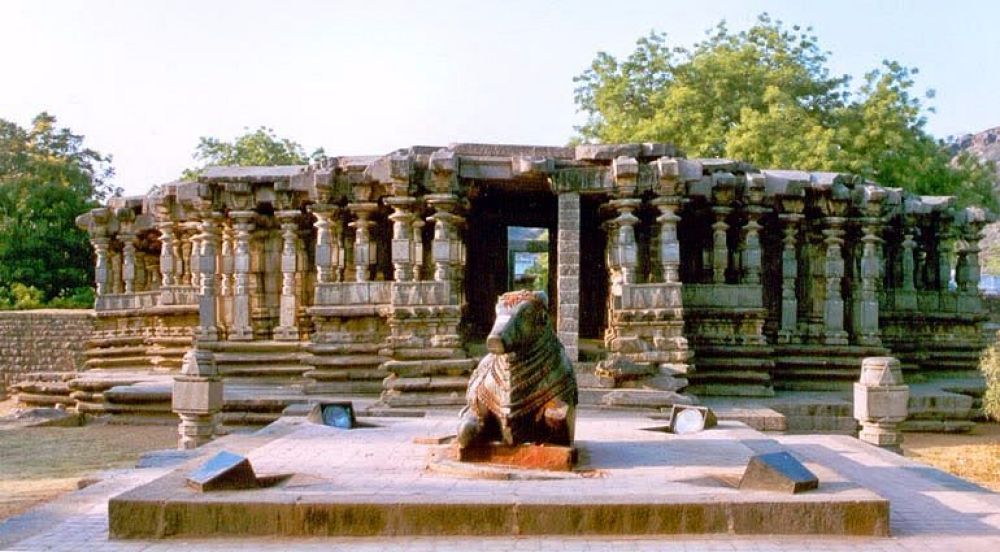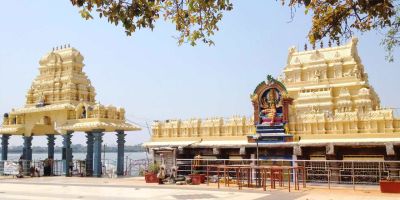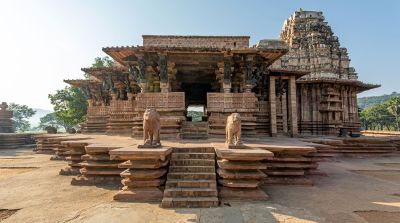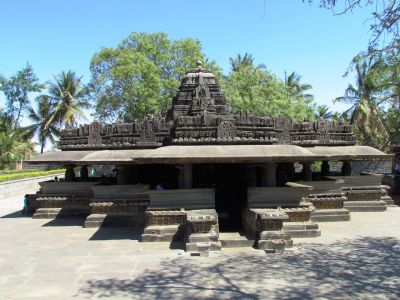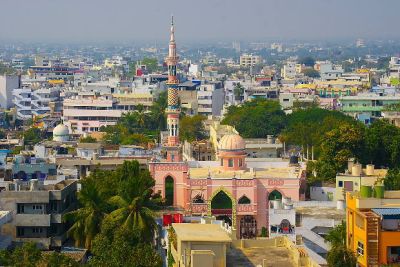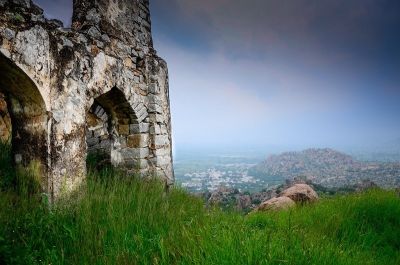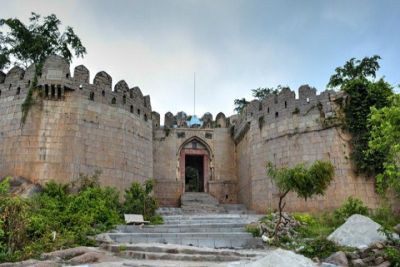Thousand Pillar Temple, Warangal Tourism
History of Tourism at Thousand Pillar Temple
The Thousand Pillar Temple is an architectural marvel in Warangal, Telangana, India, that dates back to the 12th century. This temple, also known as Rudreswara Swamy Temple and Trikutalayam, was built by the Kakatiya king, Rudra Deva in 1163 CE. It exemplifies the rich cultural heritage and architectural prowess of the Kakatiya dynasty.
Tourism at the Thousand Pillar Temple has a rich history, with the site attracting visitors from across India and all over the world for its unique design and the spiritual significance that it holds. Historically, the temple played a significant role in the religious life of the Kakatiyas, being a prominent place for Hindu worship.
It was after the Archaeological Survey of India (ASI) took up the initiative to maintain the temple's integrity and the site was declared a Monument of National Importance, that tourism truly started flourishing. In 2015, the Thousand Pillar Temple was included in the tentative list of UNESCO's World Heritage Sites, which boosted its prominence as a tourist destination. Since then, it has been a focal point for historical and cultural tourism in India.
Latest Tourism Trends at Thousand Pillar Temple
The latest tourism trends at the Thousand Pillar Temple include a strong emphasis on preserving the monument and offering an enhanced visitor experience. The ASI and various tourism departments are focusing on sustainable tourism to ensure that the temple and its surroundings remain unaffected by the increase in footfall.
One of the key trends is the use of digital technology to offer virtual tours and augmented reality (AR) experiences that allow tourists to witness the temple’s historical significance and architectural details in-depth, even from afar.
Cultural festivals and events are also organized at the temple to showcase local folk dances, music, and traditional arts. These activities aim to promote the rich cultural tapestry of Warangal and its historical sites and have been gaining popularity among visitors looking for immersive cultural experiences.
Another trend seen in the region is the development of tourist infrastructure, such as better connectivity, accommodations, and tourist-friendly facilities, which are designed to encourage longer stays and deeper exploration of the area's attractions.
Visitor Information
The Thousand Pillar Temple is open to visitors throughout the year. The best time to visit is between October and March, when the weather is relatively cooler. Tourists can enjoy the intricate carvings, the large Nandi statue, and the three shrines dedicated to Shiva, Vishnu, and Surya. Visitors are advised to respect the religious sentiments attached to the temple and preserve its sanctity and cleanliness.
